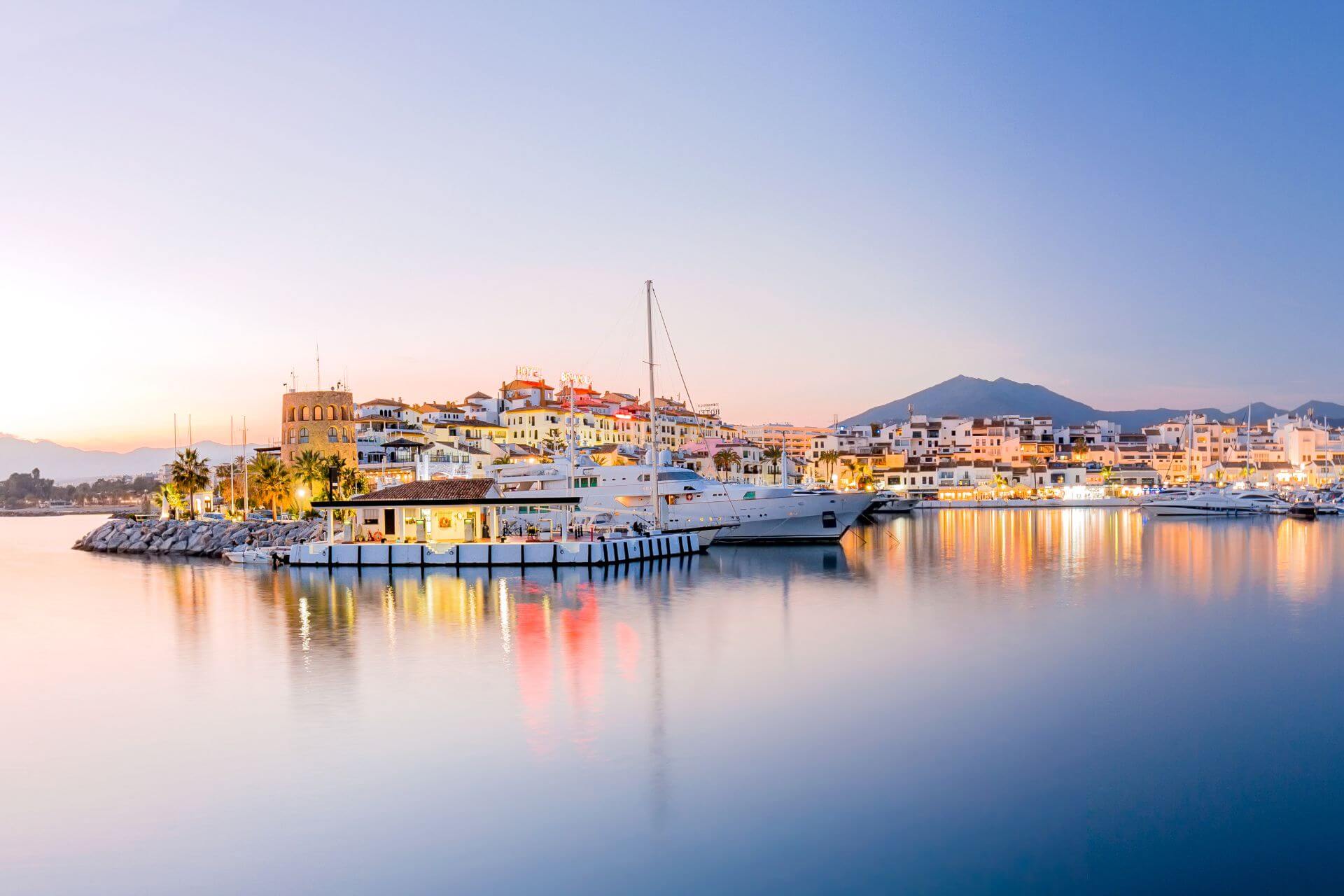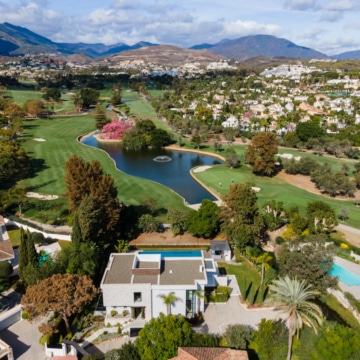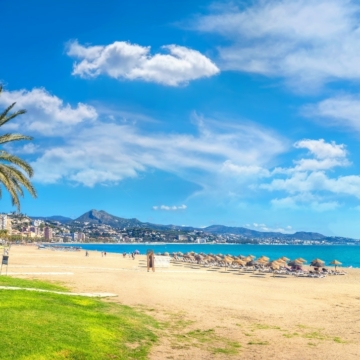looking to buy a home?
Submit this Form and Benefit from our 25 Years' Experience & Strong Local Network.One way of making big savings on the sale of your property in Spain is to market it yourself. Not only does this mean you avoid paying between 3% and 8% commission on the sale to an estate agent, you also get to be in total control of the process. With the advent of myriad online property portals and the power of social media, you also have the opportunity to reach a broader market than ever before. Read on to discover some top tips to help you market your property, sell it quickly and for the best price.
Prepare your paperwork
Once you’ve made the decision to market your property yourself instead of using an estate agent to sell your property in Spain you need to prepare the marketing. Allow plenty of time for this step and don’t skimp on the details – time you spend at this stage will be time saved in the future. It could also make the difference between a quick sale and a prolonged one.
Property paperwork
Plenty of paperwork is required to sell a property in Spain and the onus is on you to provide it. A seller may request to see it early on in the purchase process or before making an offer so it’s a good idea to have it already prepared:
Title deeds – scan a copy in pdf format to send by email to a buyer’s lawyer. Have a printed copy available too.
Utility bills – make copies of recent utility bills (water, electricity and gas) to show prospective buyers. These provide a good guide to how much your property costs to run and will help the future owner set up direct debit.
Council tax – make a copy of the most recent council tax bill (IBI in Spanish) for buyer reference.
Community fees – have a copy of your latest community fees bill and calculate the annual charge for buyer reference.
Top tip – work out roughly how much your property costs to maintain a year (take an average of utility bills and add council tax and community fees). This shows transparency and helps the buyer.
Energy efficiency certificate
All properties on the market in Spain must have an energy efficiency certificate. Get one for your property before you place it on the market and scan copies to show prospective buyers. You will also have to state the energy efficiency grading if you advertise your property on an online portal.
Get a valuation
Your next step is to set an asking price for your property. Consult an estate agent (or several) or get a valuation from a valuation professional. Compare the figure with your expectations. If there is huge discrepancy between what you think your property’s worth and what the professionals estimate, listen hard to the experts. Sellers often believe their home is worth more than its market value and it’s a common mistake to list above its true price.
Top tip – before you decide on your ideal asking price, take a look at the competition in your area. Don’t forget to compare like with like – size, condition, location, views etc. Think about how your home is different to justify setting a higher price than similar properties.
Prepare your property
In tandem with organising the paperwork, you also need to get your property ready for sale. Remember that first impressions are lasting ones and that prospective buyers need to get the right one from the moment they arrive outside your front door. Take a long, hard look at your property in Spain especially the following:
Kerb appeal – the term used for the outside appearance of a property, it’s the very first thing a potential buyer will see. Make sure yours is good!
General condition – unless you’re selling your property in Spain for a bargain price or for much cheaper than the competition, don’t expect buyers to be prepared to do refurbishment. Many will be looking for move-in ready. This means your property should be in top condition so before you put it on the market check the following:
- State of paintwork, inside and outside. Repaint if necessary.
- State of the roof if it’s a townhouse or villa. Carry out any repairs.
- State of the bathrooms and kitchen. Replace out-of-date or tired fittings and appliances.
- State of the garden. Tidy up and trim lawns, shrubs and hedges.
- State of the pool. Keep it clean and replace any broken tiles.
Home staging
– this is the term used for setting out your property to sell it. Tidy all rooms and declutter and make each room shows its best side. If the property looks cramped with furniture, get rid of some. If there isn’t enough, consider hiring some pieces while you sell.
Take the photos
Once your property is looking its best, it’s time to take the photos. If possible, use the services of a professional photographer – the return on the results will be more than worth the initial outlay. Showcase each room in the best possible light and from the best angles.
Top tip – consider making a walk-through or 3D video of the property to give potential buyers a much more comprehensive feel for the place.
Advertise
It’s now time to begin the marketing process. First, source the best places to advertise your property. To help you do this, ascertain where your buyer market is. This will help you decide which online portals to use.
Online portals
If your market is likely to be Spanish or local, it’s worth placing your property on portals such as Fotocasa, Idealista or Tu Casa.
If your buyers are more likely to come from outside Spain, identify their country of origin and advertise on online portals there.
Top tip – if you advertise on a Spanish portal, get a good translation of your property description for the Spanish version of the site. Note that some portals do not offer an English-language option.
Online advertising
It’s also worth looking at online advertising in the form of Google Ads or Facebook advertisements. The advantages include highly-targeted audiences and improved online presence, but make sure you set a budget beforehand. Google Ads in particular can be expensive.
Property website
If your property is exceptional, it may be worth building a website specifically for the sale. This allows you to showcase the property and provide full information. You can also link to the website from advertising online. However, quality websites are expensive so weigh up the cost carefully before you choose this option.
‘Se Vende’
Despite the widespread use of the internet to sell property in Spain, buyers still visit areas to see what’s for sale so it’s worth putting up a ‘se vende’ sign outside your property with a contact phone number. Make sure it’s clear and easy to read from street level if your property is high up.
Read more about taxes incurred on the sale of a Spanish property. Link to selling taxes article.
Spread the word
Finally, don’t underestimate the power of spreading the word. Tell your friends and contacts that your property is for sale so that they can pass on the information to anyone interested.
Top tip – spend time on the preparations so that your property gives the best impression in your marketing.



